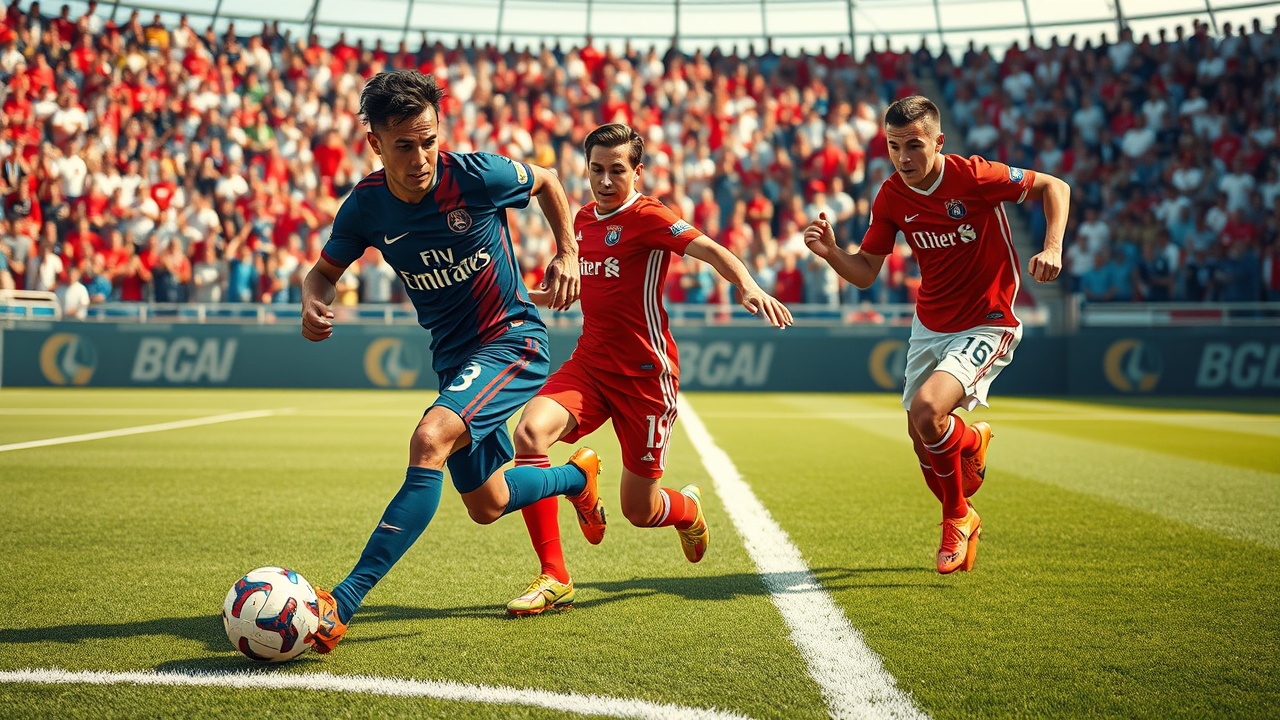Club World Cup Highlights
The recent Club World Cup served as a clear indicator of the prevailing supremacy in football, showcasing the dominance of European teams. Both semi-final stages featured three representatives from Europe and one from South America, culminating in a final exclusively between European clubs. However, teams from other parts of the world certainly left their mark, with standout performances such as Al Hilal’s memorable win over Manchester City, and Fluminense’s impressive journey, including their notable victory against Inter.
Financial Disparities in Football
In terms of financial resources, it’s no surprise that the European clubs lead the charge – as indicated by Deloitte’s Money Football League, where all 20 top-earning clubs hail from Europe. This trend highlights the financial disparity in global football. Tournaments like the Club World Cup are designed to not only evaluate global footballing prowess but also to promote development across all confederations. Despite facing critiques from certain European factions, FIFA’s responsibility extends to representing the interests of all continents. Moving forward, the Club World Cup will remain a fixture in the sports calendar, alongside an increasing number of club and international events, ensuring that the landscape continues to evolve.
Challenges of a Packed Schedule
Adapting to this more packed schedule poses significant challenges, primarily requiring an intelligent and appealing fixture list. As the structure of football seasons changes, the lengthy summer breaks that European football has traditionally enjoyed may soon become unfeasible. Clubs will need to reevaluate their resource management, which could necessitate strategic changes in squad composition and alter player deployment patterns throughout the season. Moreover, the existing burden on players, particularly with a high volume of matches, will demand heightened attention to player health and fatigue, especially to mitigate burnout risks.
Presently, we witness the consequences of tight scheduling; elite European clubs are ramping up pre-season training while players engaged in the latter stages of the Club World Cup are just beginning their well-deserved breaks. This discrepancy could put those teams at a disadvantage once the season kicks off, potentially for several months.
Managing Player Availability
Managing player availability effectively is paramount – clubs might find themselves needing a surplus of athletes for each position, a reality that may have already been necessary. Coaches might have to adapt by embracing dual-team strategies to navigate these impending changes. Financial backing may not hinder these adaptations, yet the day-to-day life of players will undoubtedly shift as this new paradigm takes shape.
Climate Considerations
Additionally, climate considerations cannot be ignored: high temperatures, particularly evident during the Club World Cup in the U.S., have a pronounced impact on player performance and the overall quality of matches. The risks escalate once temperatures surpass certain thresholds, rendering competition increasingly difficult.
This isn’t just a localized American issue; extreme heat affects many regions worldwide, from Asia to Africa and beyond, skewing conditions for athletes everywhere. As we continue grappling with climatic challenges, future tournaments must evolve, perhaps necessitating alterations like adjusting kickoff times or relocating events to cooler parts of the year. We might also consider incorporating scheduled breaks for hydration.
Future of Football Tournaments
However, reverting to air-conditioned stadiums seems essential for the future of the sport, particularly in Europe, where sustainability must govern such decisions to maintain public attendance and atmosphere. The objective remains clear: enhance both player and fan experiences through open discussions about tournament organization while ensuring accessibility for all.
The road ahead demands a delicate balance among diverse interests. Having previously navigated similar issues during my tenure as tournament director for Euro 2024, I understand the myriad considerations involved, from ticket affordability to social responsibilities. Ultimately, we must strive to realize the vision of football as an inclusive sport while ensuring the tournament experiences resonate at their best with all participants.




